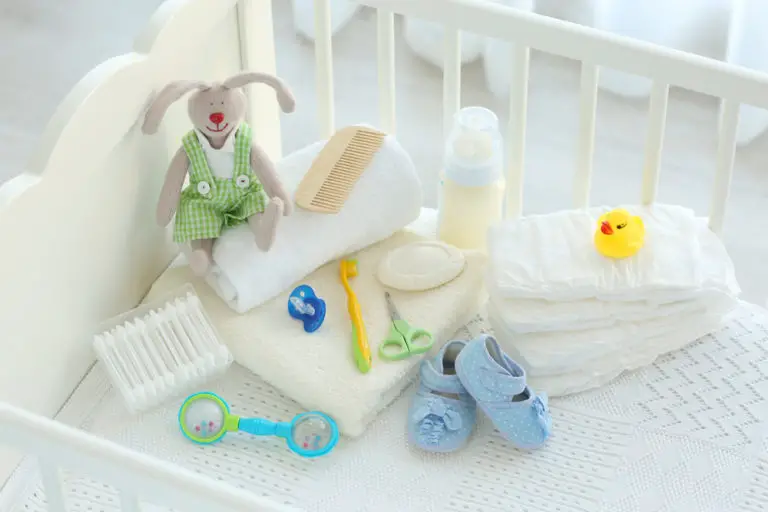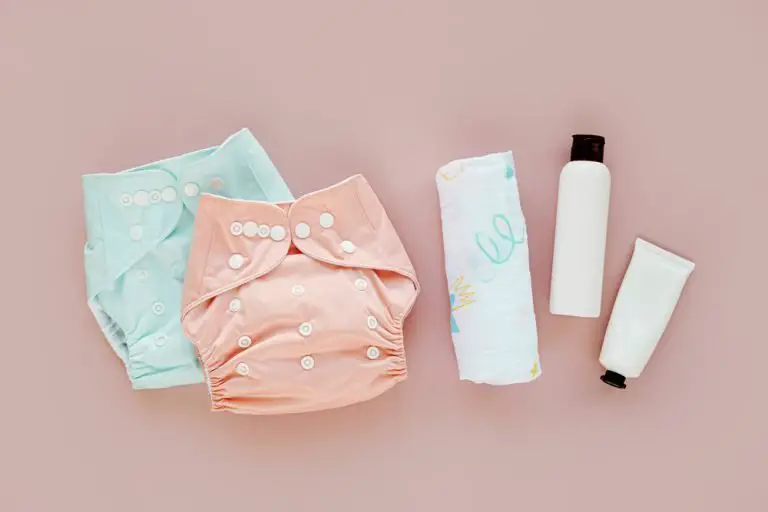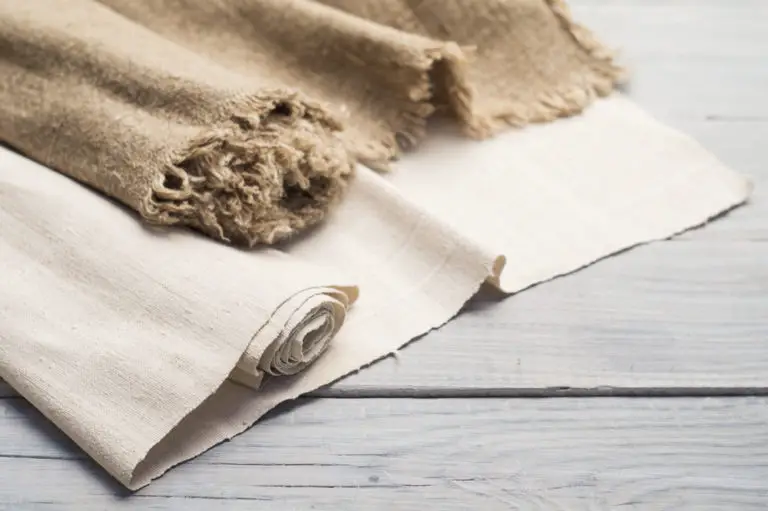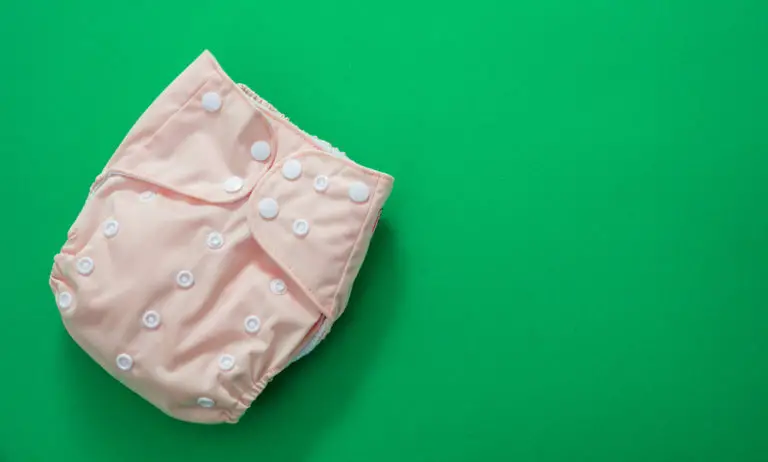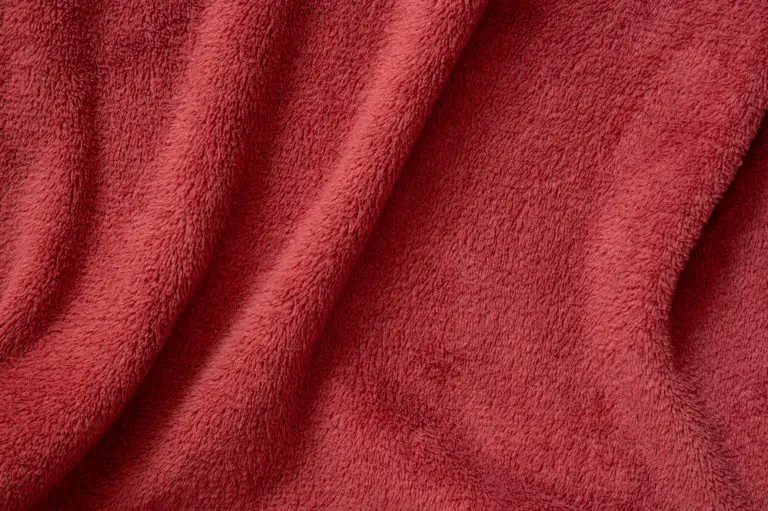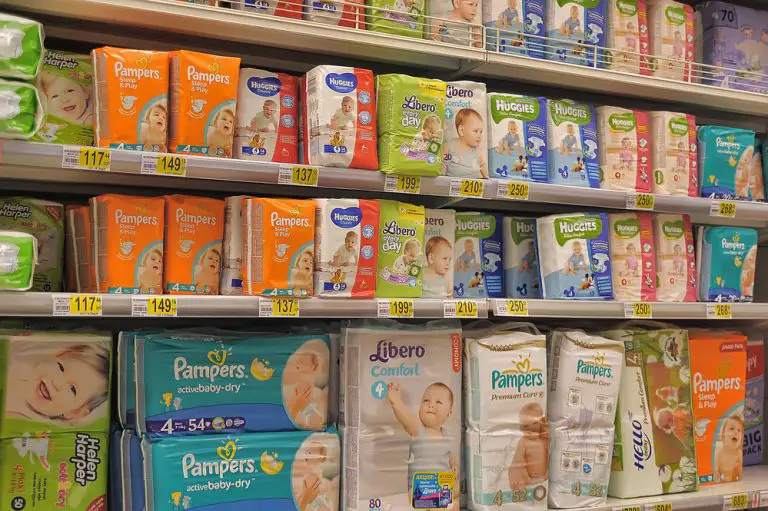Linen Fabric: Properties, Pricing & Sustainability (2024)
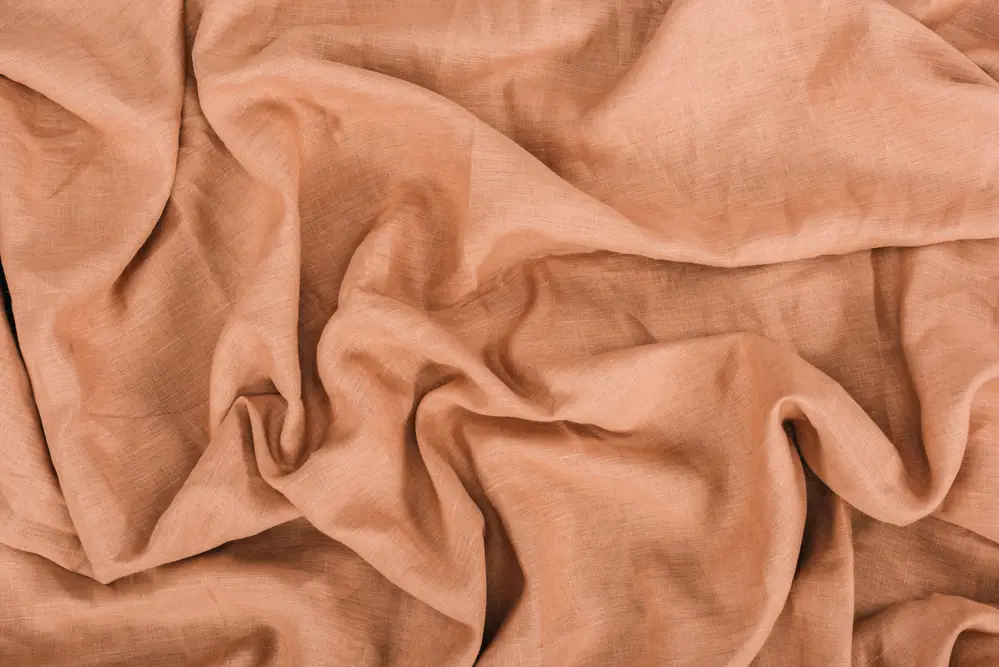
Linen fabric is a textile made from the fibers of the flax plant. Linen has been manufactured in one form or another for thousands of years.
In fact, linen was the fabric ancient Egyptians used to wrap mummified bodies! Today linen is primarily used for clothing and bedsheets and is often blended with other natural textiles such as cotton or bamboo.
Fabric Profile
Fabric Name: Linen
Synonyms: Flax fabric
Fiber Type: Natural fiber
Breathability: Very breathable
Absorbency: Highly water-resistant
Characteristics: Breathable, moisture-wicking, soft, lightweight, doesn’t pill, doesn’t stretch.
Washing Requirements: Can be washed at any temperature
Common Uses: Suits, bedding, pillowcases, dish towels, bath towels, pants, shirts, table cloths, napkins
Heat Press Temperature: High heat and fabric should be damp
- What is Linen?
- Types of Linen Fabric
- Linen Fabric Characteristics
- Downsides of Linen Fabric
- Common Uses of Linen Fabric
- Linen Fabric Pricing
- How is Linen Made?
- Where is Linen Manufactured?
- Linen Fabric Environmental Impact
- Linen Fabric Certifications
- History of Linen Fabric
- Linen Fabric Alternatives
What is Linen Fabric?
Linen cloth is an ancient textile made from the stems of the flax plant, the same plant that gives us the fantastic superfood, the flaxseed!
It is similar to cotton; however, linen is more durable and dries much faster than cotton. Linen has been used for thousands of years, and the oldest linen fragments found date back roughly 35,000 years to a cave in the Caucus mountains in modern-day Georgia.
Archeologists have found evidence of linen material worldwide, and it was the predominant “modern fabric” until the introduction of cotton from the Americas. Today linen textiles are widely used for bedding, sheets, pillowcases, table cloths, and lightweight clothing.
Because linen clothing is lightweight, breathable, and able to wick moisture away, it is a popular fabric in warm and humid climates. Linen is also hypoallergenic and anti-bacterial, two more reasons consumers love this fantastic fabric!
Linen vs. Percale vs. Hemp
Percale is a tightly woven fabric, usually made from cotton, often used for bedsheets. Linen is another popular choice for bedding. Because of the way percale is woven, it has a soft, matte finish that becomes even softer over time as it is washed. Like linen fabrics, percale is highly breathable and lightweight.
Hemp is another textile often compared or used as an alternative to linen. Hemp is more durable than linen and is darker than linen fabric color in its natural state. However, both absorb dyes readily, so it is simple to change colors. Another benefit of hemp is that it is resistant to UV light, making it less likely to fade than linen.
Hemp and linen are both breathable, biodegradable, and have anti-bacterial properties. All three fabrics are prone to wrinkling but are easy to wash and care for; you can also blend all three with other fabrics to enhance their properties.
Types of Linen Fabric
There are a handful of different types of linen that range in softness, durability, and price. In the following sections, the article will break down the characteristics of linen fabric by type highlighting the pros, cons, and typical uses. We will examine damask linen, plain-woven linen, loosely woven linen, and sheeting linen.
Damask Linen
Damask linen an extremely delicate, decorative, and ornate. Damask linen is a reversible figure fabric which means the design is only embroidered or woven into one side. Damask linen is one of the most delicate linen fabrics.
Damask linen gets its name from Damascus in the Middle East. Damascus was a central textile hub in the eastern part of the world, and damask was often traded along the silk road. Around the 14th century, Italian weavers began making damask on looms.
Today it is primarily used for decorative pieces such as curtains, napkins, and high-quality linen tablecloths and can be woven in monochrome or two-toned patterns.
Plain-woven Linen
Plain-woven linen is the most durable linen textiles and the most commonly used. Plain-woven fabric is a cheap linen fabric but still high in quality. Because of its durability, it can be washed repeatedly and hold up use after use.
Plain-woven linen is used to make bath towels, hand towels, washcloths, and kitchen towels; it is sometimes called glass-toweling because it is often used to make glassware cleaning cloths.
The loose weave of plain-woven linen makes it highly absorbent, and it usually has a checked or striped pattern.
Some more delicate versions of plain-woven linen are used to make handkerchiefs and lingerie, while more coarse versions are used to make aprons and lampshades.
Loosely Woven Linen
Loosely woven linen is the most absorbent style of linen, but as a result of its loose weave, it is also the most delicate. The most common use for 100% linen, when loosely woven, is reusable sanitary napkins and cloth diapers; however, when blended with other textiles such as cotton, it is commonly used for bath towels and washcloths.
The extremely high absorbency of loosely woven linen makes it a popular choice for cloth diapering. Linen diapers are usually pre-folds or flats and require a water-proof diaper cover plus a possible, additional, absorbent layer.
Sheeting Linen
Sheeting linen typically has the highest thread count of all types of linen. Therefore, it is commonly used for bed sheets, clothing, and theatrical purposes. Sheeting linen fabric weight is heavier than other types of linen because of its thread count.
Manufacturers often use sheeting linen fabric for clothing because of its untextured surface and soft feeling. Typical apparel made from sheeting linen is dresses, suits, skirts, and pants.
It is often used by costume designers to create mock-ups of costumes and used as background scrims for painting backgrounds or scrims for lighting effects.
Linen Fabric Characteristics
Linen has been around for tens of thousands of years, so it obviously has some redeeming qualities! A few of the top linen fabric properties are that it is environmentally friendly, highly absorbent, lightweight, soft, and breathable!
Other noticeable linen fabric qualities are that it is easy to wash and care for, isn’t prone to pilling, and won’t stretch or lose its shape; these three qualities are one reason it is an excellent fabric for clothing.
Additionally, linen is a textile that becomes softer the more it is washed. Another reason linen is a popular choice for clothing, particularly in warm and humid climates, is because it is incredibly breathable, wicks moisture away, and dries quickly.
Natural linen fabric is yellowish in color, but many manufacturers bleach it to create the white linen fabric we often associate with crisp, clean tablecloths and napkins. Once bleached, you can bleach it during the cleaning process to keep it bright and looking like new.
Downsides of Linen Fabric
Linen is a wonderful fabric in many aspects, but pure linen fabric has a few downsides worth mentioning.
Overall, linen fabric durability is strong; however, some types of linen, for example, loosely woven linen and damask, are fragile. Therefore, it is essential to know what type of linen you are using and if appropriate for the intended use.
Linen fabric is also prone to wrinkling and can be difficult to iron since it must be damp, and the heat needs to be extremely high. Therefore, you should also use a lot of steam when ironing linen.
The initial, rough linen fabric texture puts some people off, but it is key to remember that it will soften with repeated washes.
Modern linen fabric is often blended with cotton to strengthen it and reduce costs. Additionally, you can find linen blended with silk, making it easier to care for, decreasing wrinkles, and making it easier to iron.
Common Uses of Linen Fabric
Depending on the linen fabric quality and type, consumers can find linen used in various house goods and apparel. For example, delicate and ornate linen such as damask is used to make tablecloths, napkins, curtains, table runners, and other decorative items for the home.
Finely spun plain-woven linen is used to manufacture women’s lingerie and handkerchiefs. In addition, more densely spun plain-woven linen is often used to make bath and hand towels, kitchen, and glass cleaning towels.
Linen is often used to make clothing such as suits, shirts, skirts, sports jackets, shirts, nightgowns, and dressing robes. In addition, linen, when blended with silk or cotton, makes an excellent fabric for bed sheets and pillowcases. Linen is particularly popular for clothing in humid climates.
Loosely woven linen is used to make cloth diapers and washable sanitary napkins due to its high absorbency capacity.
Linen also has several industrial uses, primarily in the arts, and is used for theatrical costumes, scenery backdrops, painting canvases, and lighting backdrops for photographers.
Linen Fabric in Cloth Diapers
Cloth diapering parents have a lot of fabrics they can choose from, but linen is probably one of the oldest types of diapering fabric still used today. Historically linen has been used to make diapers and sanitary pads for centuries because it is incredibly absorbent and easy to clean.
The fabric used for cloth diapers is of a different linen fabric quality than fancy damask or high thread count sheets; instead, it is typically loosely woven linen as the loose fibers provide more space for moisture to be absorbed.
Unlike some other cloth diaper materials, linen can be machine washed and dried, although drying in the sun will help kill bacteria. A bonus of using it for cloth diapering is it becomes softer over time. You may wish to wash your linen diapers a handful of times before using them on your baby.
Linen diapers are usually prefolds or flats, which parents will use with a waterproof diaper cover and possible additional inserts for nighttime or if your baby is a heavy wetter.
Linen cloth diapers can be challenging to find, but sellers such as Etsy have a selection. On average, linen diapers will cost about $10-$15 apiece, but they are more durable and will last longer than cotton. You can also purchase linen fabric by the yard and sew your own diapers as an alternative.
Linen Fabric Pricing
Linen fabric pricing ranges depending on the fabric’s quality, type, and weight, but it will generally cost between $11 to $15 per yard. Some types of high-quality, natural linen can cost up to $40 per yard.
Color does not seem to increase linen fabric price; in fact, many natural and unbleached varieties cost more than dyed fabrics. Linen takes and holds dye well, so if you cannot find the color you’re seeking, you can attempt to dye it at home.
Damask linen has the most extensive range of prices costing anywhere from $12 per yard to $142 per yard for some name-brand designer linens.
Linen bedding is also rather costly, and a set of queen-size sheets can easily cost $149 or more. However, when linen is blended with cotton, the cost of sheets often reduces drastically to well under $100 for a queen size set.
How is Linen Fabric Made?
Linen is a natural fabric made from the flax plant’s stalk. Flax grows quickly and is ready for harvesting after approximately one hundred days! The first step in making linen is to harvest the flax and then separate the fibers from the interior of the stalk; manufacturers can do this by soaking the stems or through a chemical process.
The next step is called breaking, and this step separates the useable and unusable stalk fibers. Next, the usable fibers are combed into threads or strands ready for spinning. Once the fibers have been spun onto a spinning frame, the strands are reeled onto a bobbin.
Reeling must be done in a warm, humid climate to prevent flax yarn breaking. But, on the contrary, the flax plant needs to be grown in a cool climate, so the princess of making linen is a year-round process.
The final step in the manufacturing process is to dry the threads. Once dried, it can be dyed or left in its natural state and weaved into fabric sheets.
Where is Linen Fabric Manufactured?
Linen is made worldwide, but different markets are known for producing different types of linen. For example, the European market is known for high-end manufacturing linen that is either sold domestically or overseas as a luxury item.
One of the oldest linen producers in Europe is Linen Fashions and was opened in 1928. Linen Fashions is located in Lithuania and manufactures a wide range of linen products for homes and apparel.
Volga Linen, in Great Britain, is another luxury linen company that was founded in 1995. Volga linen sells a wide range of linen prints inspired by traditional 17th and 18th-century Russian designs. They also sell bed linens, kitchen linens, curtains, and pillows.
China is the world’s largest manufacturer of cheap, everyday linen, and products from China are shipped and sold globally.
While many U.S. companies style themselves as “linen” manufacturers, most use the term loosely to mean bedding, curtains, towels, tablecloths, etc., for commercial. Many of these products are either cotton or polyester.
Linen Fabric Environmental Impact
Here are some informative linen facts about its environmental impact that will pleasantly surprise you! Compared to other natural fibers, especially cotton, linen is incredibly environmentally friendly to grow and produce.
Like bamboo, linen grows rapidly and is usually ready for harvest about three months after planting. And unlike cotton, which leads to soil erosions and needs massive amounts of water, flax can grow with little to no irrigation and usually doesn’t need pesticides.
Additionally, as a natural fiber, linen is biodegradable, so once disposed of, it won’t clog up landfills for decades or even centuries like some synthetic materials.
When linen manufacturers use a chemical process during the fiber separation or retting process, the concern comes in. Water retting is the most sustainable and does not use harmful chemicals; however, it takes longer and makes the process more expensive, so many manufacturers do not use it.
If you want to make sure your linen is environmentally conscious, look for organic linen since to be certified as organic, it must use the water retting process.
Linen Fabric Certifications
Linen textiles can receive an array of certifications depending on their growing process, sustainability, quality, and ethical production processes.
Probably the most trusted or renowned certification linen can receive is the Global Organic Textile Standard or GOTS. The GOTS focuses exclusively on textiles and has a rigid set of standards that must be met.
Perhaps equally notable certification in the textile world is the OEKO-TEX standard. It is not an organic certification, but it does verify that no harmful chemicals are present on fabrics reach the consumer.
Additionally, organic linen can be certified by the U.S. Department of Agriculture or the European Union’s organic certification agency, depending on where the flax was grown and the linen manufactured.
To receive with either the USDA or EU, the product must meet the standards for organic agriculture; these certifications are specifically for textiles and focus on the production of the plant used to make the fabric.
History of Linen Fabric
Linen fabric history dates back tens of thousands of years, and the earliest discovered linen fragments have been dated to 35,000 years ago. These ancient textile samples were unsurfaced in a cave in the Caucasus mountains in modern-day Georgia.
Archeologists also know that linen was the fabric used by Egyptians to wrap mummified bodies. The Shroud of Turin, believed by many Christians to be the burial cloth of Jesus, is perhaps the most famous piece of linen. Carbon dating completed in 1988 places the piece of linen around 1260-1390 A.D., which means, scientifically, it couldn’t be the death shroud of Christ, but either way, the fabric is at minimum, nearly 1,000 years old.
Linen has been around for so long because some of the earliest civilizations lived where the flax plant grew and thrived, such as Mesopotamia, Ancient Egypt, Greece, and other parts of the Middle East.
Linen was the dominant fabric of much of the world for centuries; however, when cotton was introduced from travels to the Americas, it quickly took over. Today, linen is considered more luxury than everyday fabric, but it is still readily found worldwide.
Linen Fabric Alternatives
Cotton, hemp, and bamboo are natural linen alternatives and can be produced organically and sustainably. Hemp and bamboo are incredibly absorbent, like linen, and all three fabrics are soft and breathable.
Hemp and linen have a similar carbon footprint when grown, and manufactured sustainability and organic cotton is a much more environmentally conscious choice than traditional cotton since it requires less water to grow and produce.
Hemp and bamboo make excellent alternatives for cloth diapers as they share many of the same properties as linen. For example, hemp is naturally antibacterial, like linen, and highly durable. Bamboo is also antibacterial, and it is incredibly soft.
Organic bamboo and cotton are high-quality alternatives to linen bedding, or you can look for a blend of linen and cotton or bamboo. Blended fabrics tend to cost slightly less and retain many of the top traits consumers adore.
FAQ
What is linen fabric?
Linen is a natural fabric made from the flax plant that is commonly used for clothing, bedding, and tablecloths.
What is linen made of?
Linen is made from the stem of the flax plant. The fibers are separated from the stalk and then spun into soft yarn.
What color is linen?
Natural linen has a yellowish-off white color, but it can be bleached white or dyed in various colors.
How to keep linen from wrinkling?
If your linen wrinkles, make it damp and use a very hot iron to take the creases out. You can also hand wash your linen in cool water and lay it out flat to dry.
What does linen feel like?
Linen can feel somewhat coarse; however, the more it is washed, the softer it becomes. A linen that is more tightly woven will also feel softer than loose weave linen.

Laurel Davidson
Laurel brings her passion for parenting and years of problem-solving experiences to ParentingMode. She is the editor of ParentingMode, ensuring that the content is relevant and valuable to the readers. Laurel received her master’s degree in public administration with a certificate in economic development. She is a stay-at-home mom, raising two adorable kiddos, Aurora and Thomas. Laurel enjoys sharing her experience as a parent, traveling, and good food.

